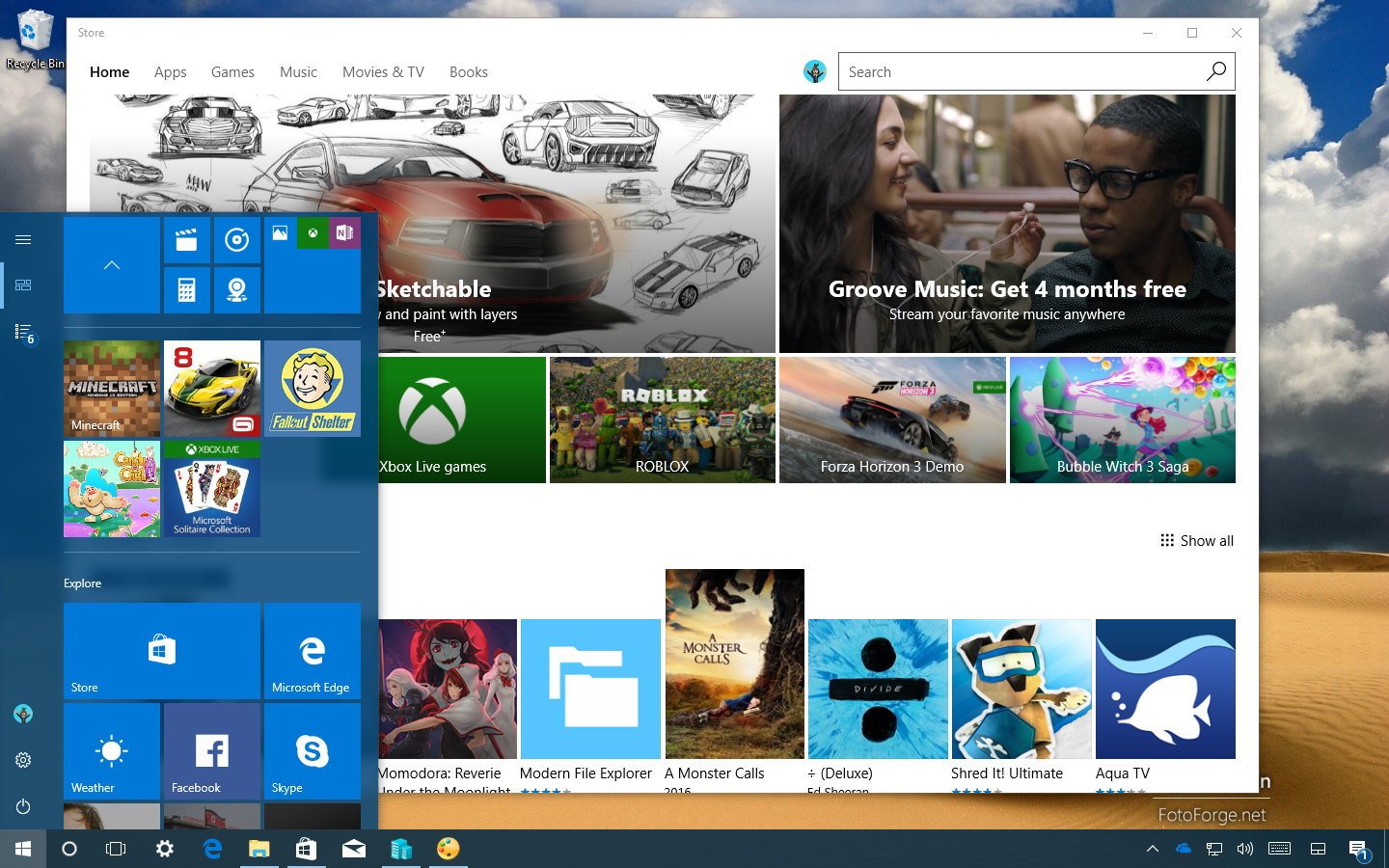Should Microsoft release only one major Windows 10 software update per year instead of two?
Microsoft's current update strategy for Windows 10 aims for two major software updates a year, but is that too many?

Microsoft's twice a year update cadence for Windows 10 is an interesting one, if only because it's double that of its competitors. While Microsoft aims for two major Windows 10 updates per year, Google and Apple focus on just one major update per year for their OSes. But the question on everyone's mind is this: Are two updates a year really better than one?
I can't help but wonder why Microsoft decided to go for two updates a year over one major one. For an OS that was once updated once every three years, going from that to twice per year is a big jump. Of course, that's all thanks to Microsoft's new strategy of Windows as a Service. But Windows is still Windows, and it's still a beast to update major versions.
Microsoft has improved Windows Update dramatically since Windows 10 moved to this twice a year update cadence. No longer does Windows need to download huge 4GB updates when a new feature update is released, with the Unified Update Platform making it so Windows only downloads the new bits that it needs for an update, similar to how it works on iOS and Android.

Windows as a Service
The Redmond giant has been laying the foundations for faster Windows updates ever since Windows moved to this "as a service" model, but do the advantages of faster updates outweigh the disadvantages? Most people already hate having to install one update per year on iOS, with several of my friends who use iPhone postponing the update for as long as possible.
Windows is an entirely different beast than iOS of course, but the precedent still stands. In fact, a lot of people hate installing updates on their PCs just as much as they do on their phones, because it means their device is out of action for 15 minutes while the next version of Windows 10 is installed. It's a small amount of time, but that time adds up. Now this is happening twice a year.
The other disadvantage is that there's less time for development. The Windows team is only so large, and developing a product like Windows takes time. In the past, there were three whole years between each Windows release, which gave Windows engineers plenty of time to plan out what they wanted in a release, develop it, polish it, and release it. With the update cadence so fast in Windows 10, the time where development takes place is shorter.

This means features that are planned for an update can quite easily fall behind schedule, or get cut completely. We've seen that happen with both the Creators Update and upcoming Fall Creators Update, with features like My People and Timeline. Those two features ended up slipping to the next release because Microsoft was unable to finish the feature in time. If there were fewer updates going around, perhaps the company would be able to squeeze more into an update.
All the latest news, reviews, and guides for Windows and Xbox diehards.
The twice a year update cadence also makes updates feel smaller and less significant. Since there's less time to develop features, each release will only have so much in it. This means that changes to Windows 10 will feel gradual, and will take place over several releases rather than one. We're seeing that right now with Microsoft's new Fluent Design System. Fluent Design is an overhaul to the Windows UI, but that change will be introduced slowly.
It also means that some updates may feel incomplete. The upcoming Fall Creators Update won't be the biggest update to ever grace Windows 10, and that's because so much of it didn't make it into the product in time. Even Microsoft's new Fluent Design System won't be fully implemented, leaving inconsistencies throughout the OS.
Fear of change
Now, on the flipside, some people prefer their updates feeling less significant. A lot of people hate change, and if an update to Windows went ahead and changed lots of things at once (see Windows 8,) there would be problems. The Windows as a Service model makes updates feel smaller, and less of a change. Only over several releases will users notice major changes.

There are several other advantages to having two updates a year. For example, if a feature planned for one release gets delayed, it's only a six-month wait before that feature is pushed out to the public. This allows Microsoft to get important features out at a faster pace, even if they are delayed at the last minute. Back when Windows was on a three-year release cycle, if a feature got delayed, it was three years before that feature would be readily available to the public.
Even with those advantages, do we really need two updates a year? I personally think one major Windows 10 update a year would be just fine. It would allow Microsoft to squeeze in more than what currently gets put into updates, without being too drastic of a change between versions.
Microsoft likely opted for two updates a year as it allows them to align updates with the back to school and holiday seasons. Both are important seasons for devices like PCs, and being able to align updates to that schedule makes a lot of sense. So maybe Microsoft could offer a tick-tock approach to its two updates a year schedule.

As it currently stands, there's no real formula towards which of the two updates are big or small. As far as I can tell, it depends on whether Microsoft can develop features fast enough for a release. What Microsoft could do is make one of those updates the dedicated "big" update for the year, and have the other update be a smaller update with smaller features and general OS changes. That's similar the 10.x releases Apple does with iOS.
Regardless, we love updates here at Windows Central, and no matter how often they show up, we're going to be excited about them. What are your thoughts on Microsoft's update cadence for Windows 10? Let us know in the comments.

